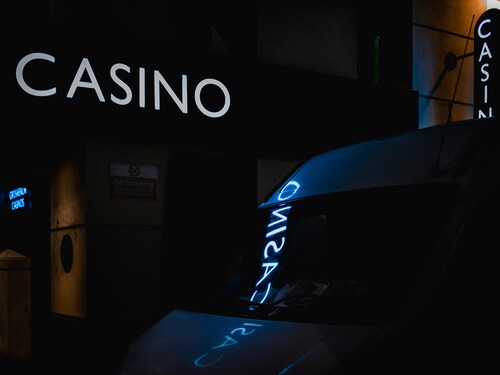Many people nowadays are concerned about candle making. As a result of the continuous changes in this craft over the centuries, different kinds of wax appeared, each possessing certain qualities. There are many options concerning the wax, which can affect the burn time, the scent throw, and the ecological footprint. Below are various wax types:
1. Paraffin Wax
Common waxes used in candle making include paraffin wax because of is cheap and easy to source compared to other waxes. Petroleum-derived paraffin wax has a good hot throw and this makes the wax suitable for the making of scented candles.
Paraffin candles burn for between 5 and 8 hours per ounce of wax. However, the use of paraffin has been deprecated over time due to its environmental effects and the emission of soot upon burning. However, paraffin wax is still popular due to its low price and ability to keep color and smell intense.
2. Soy Wax
The soy wax used here is hydrogenated soybean oil. It is a natural and renewable source of the material. It is not as explosive as paraffin and burns approximately 7-9 hours per ounce. Thus, soy candles can be marketed because they release very little or no soot during burn and are biodegradable. The soy wax candles are environmentally friendly, making them a more attractive option.
3. Beeswax
Beeswax is one of the earliest and most famous candle making materials, always obtained during honey production. It is hypoallergenic and burns for about 9 to 10 hours per ounce of wax, the longest burning wax type.
Honey beeswax candles create a natural honey fragrance and are known for their clean burning quality and ability to freshen the air. The major disadvantage of this wax is its slightly higher price, but beeswax has natural advantages and, with correct usage, will burn for a long time.
4. Palm Wax
Another natural-based foam booster is made from palm wax obtained from palm oil. They are characterized by crystalline structure, giving them the looks of gemstone-making candle products, especially those for decorative grades.
The burn time of palm wax is also comparable to soy wax and is 7-9 hours an ounce. Little CO2 is produced by burning palm wax, and its scent retention is good, but its disadvantages, owing to palm oil extraction, include deforestation.
5. Coconut Wax
Coconut wax is a highly select natural wax derived from hydrogenated coconut oil. Burning takes longer than the other two, usually about 8-10 hours per ounce.
Regarding performance characteristics, coconut wax is particularly valued for its performance in fragrance retention, precise, non-overcoating burn, and low soot yield. The disadvantage of the method is the higher cost, so it is not effective for large production quantities.
Every type of candle wax offers more or fewer conveniences regarding burn time, durability, scent diffusion, health effects, or biodegradability. Consequently, the opportunities of selecting the proper wax like soy wax candles concern the qualities of the candle product and the ethical points of view of the makers.



